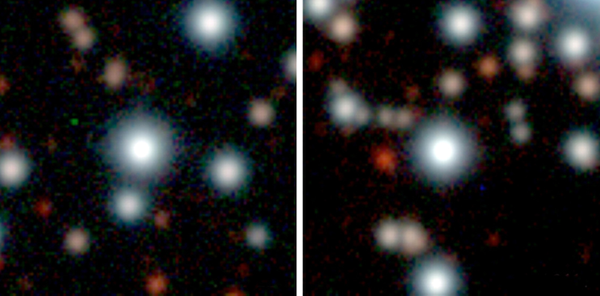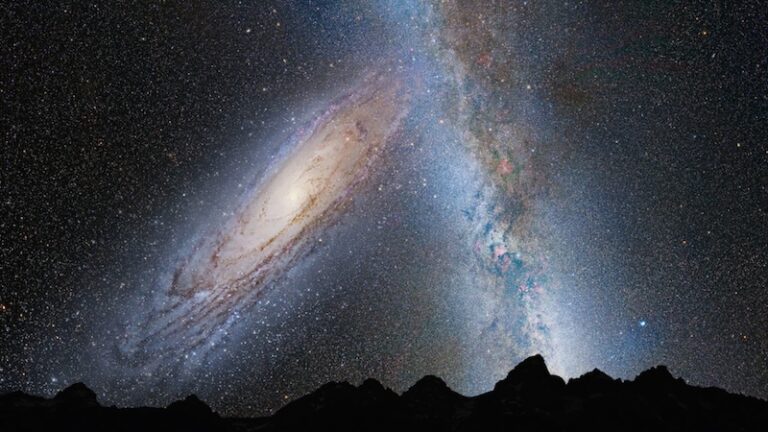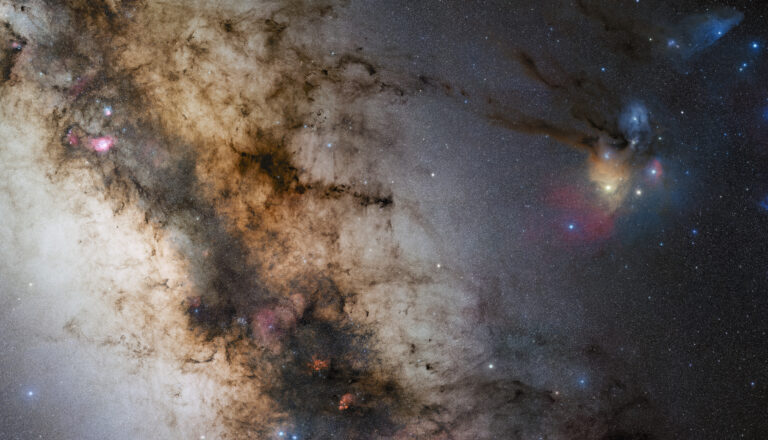Key Takeaways:
Q: “Breakfast time” on p. 9 of the November 2018 issue says our galaxy collided with another 8 to 10 billion years ago. But I’ve always heard we are only 4.6 billion years old.
John Bauernhuber
Whiting, New Jersey
A: Our solar system — including the Sun and the planets — is roughly 4.6 billion years old, which is why you’ve heard that number. But the Sun is just one star in the Milky Way Galaxy. There are several ways to calculate the age of the Milky Way, but one of the most common is determining the ages of its oldest stars. Many of these are found in globular clusters, which are the galaxy’s oldest star clusters; some contain stars more than 13 billion years old. This already gives a clue to the age of the galaxy: at least 13 billion years.
By combining precise measurements with models of how stars fuse and create elements, astronomers have determined that the first stars in the Milky Way likely began forming by about 200 million years after the Big Bang. Based on the age of the universe — about 13.7 billion years — that makes our galaxy roughly 13.6 billion years old. Given this age, it’s completely possible for collisions with other galaxies to have occurred 8 billion to 10 billion years ago, before our 4.6 billion-year-old solar system had begun forming.










